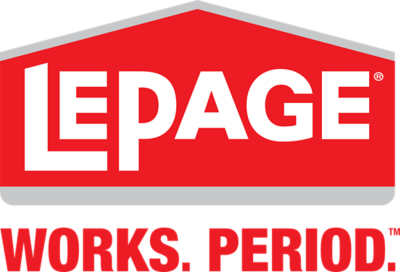Construction adhesives and wood glues can sometimes be mistaken to be substitutable with one another. In hindsight, wood glues may sound like they are used exclusively on wood, but they could be used on other surfaces too. On the other hand, construction adhesives can also be applied on wood but not in every case.
Wood glue and construction adhesives are made up of completely different formulas. Both are essential for any toolbox whether you work professionally or not. The key is to understand which one to use and when. Here are the factors to consider in choosing the right adhesive for your project.
